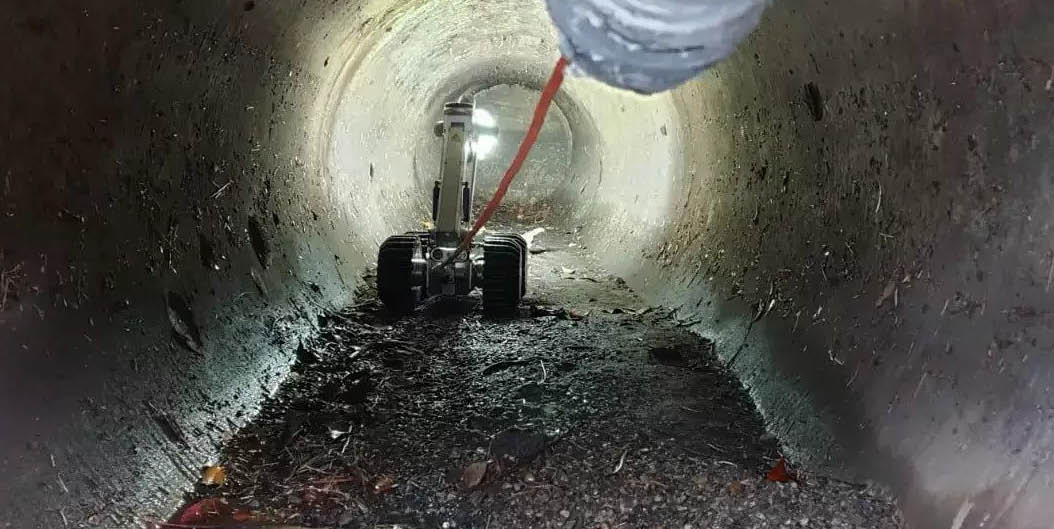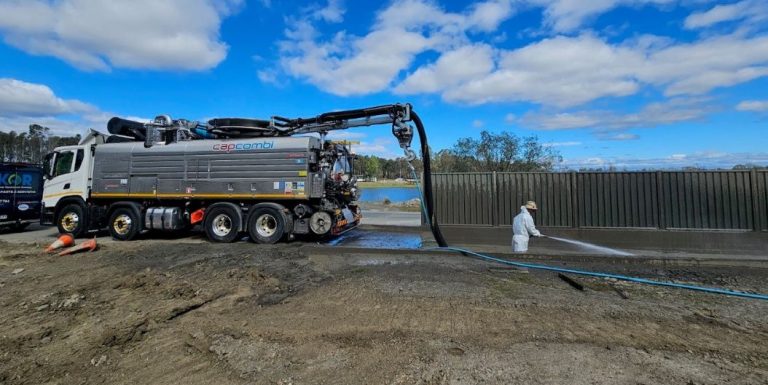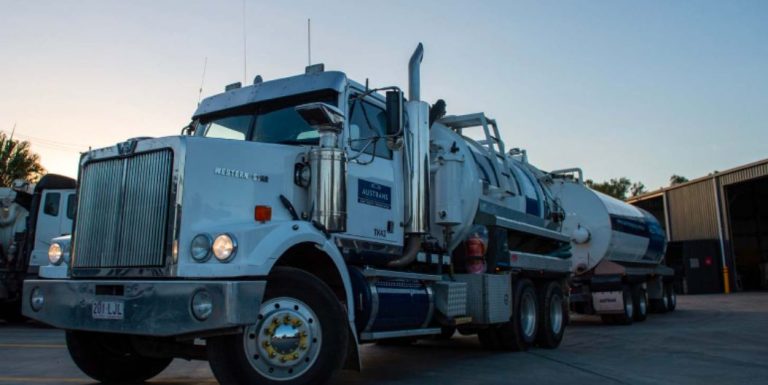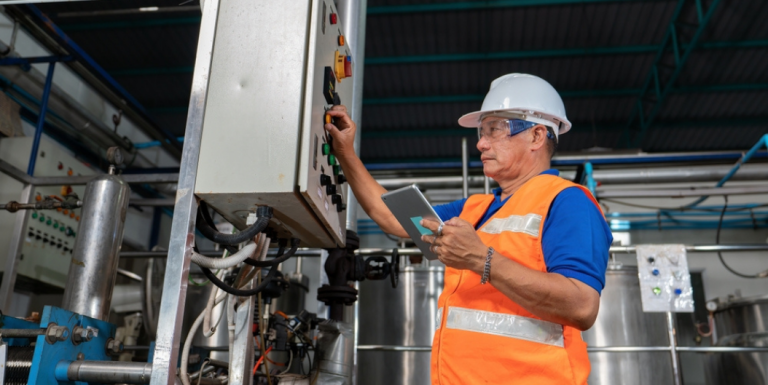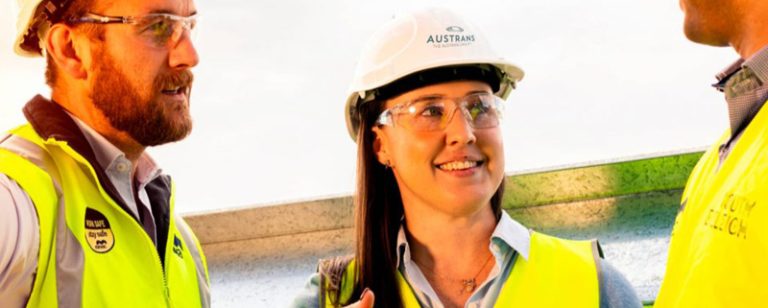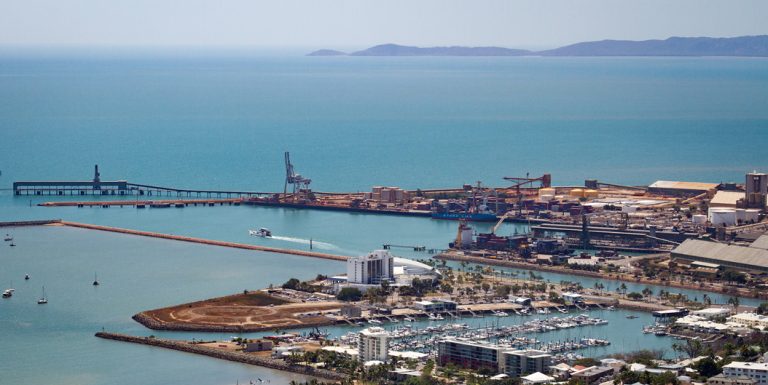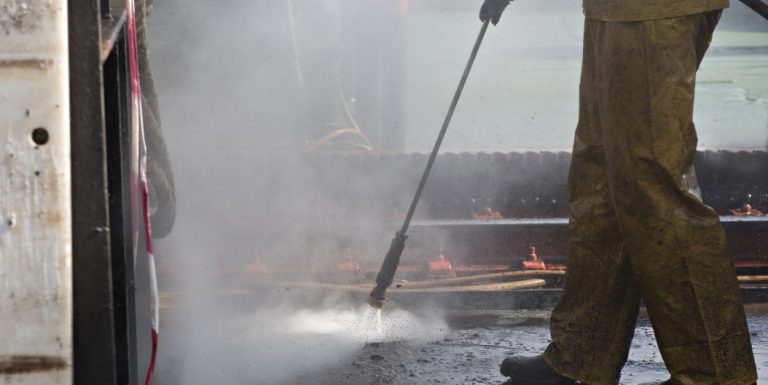How CCTV Is Used To Detect Blockages and Deterioration
Hello, down there!
Throughout time, pipelines and drainage systems experience various issues. These problem areas are frequently overlooked as drainage systems are usually located underground or in challenging-to-reach areas. If the subterranean sewer pipes have been compromised due to intrusion, poor installation, or natural elements, you’ll need someone to take a look at what’s going on. Closed Circuit Television Video (CCTV) is often used for these issues.
What is a CCTV sewer inspection?
The use of CCTV drain camera inspection is an advanced diagnostic technique that provides a complete inspection of pipes and drains. This technique removes the guesswork and provides a clear picture of the overall condition of a plumbing system. CCTV cameras enable plumbers to identify the root causes of sewer issues without resorting to invasive methods like digging or removing walls or flooring to access plumbing.
This type of sewer inspection is a cost-effective method to identify the location of sewer and pipe blockages. CCTV video cameras are useful as they can precisely determine the cause of sewer damage.
How does sewer inspection work?
The process employs a waterproof, high-definition camera attached to a cable. With pinpoint tracing, the camera is inserted into the drainage system and streams live images to a monitor. A specialist examines the footage to evaluate the structural integrity of the drainage assets. By swiftly pinpointing problematic areas, potential issues can be resolved before they escalate. Utilising these preventative measures, contractors can identify defects, debris, pollutants, and potential threats to the drain function before it is too late.
What are the benefits of using CCTV to detect blockages and deterioration?
- CCTV pipe inspections have become an increasingly popular method of diagnosing and repairing issues in plumbing systems. One of the key benefits of using CCTV is its ability to quickly identify the problem area, enabling maintenance workers to accurately locate the specific sections of pipes that require repairs without the need to replace the entire system. This not only speeds up the repair process but also reduces costs, making it a cost-effective solution for homeowners and businesses alike.
- Another advantage of CCTV pipe inspections is that they are environmentally friendly. Unlike traditional excavation methods, CCTV inspections do not require any digging, ensuring that natural elements such as plants, shrubs, and trees are not impacted during the inspection process.
- Using CCTV provides a higher degree of accuracy in diagnosis compared to traditional methods. Plumbers can visually see the issues on the camera, eliminating the need to rely on assumptions and guesswork. This results in more efficient and effective repairs, reducing the risk of repeated issues in the future.
If you notice a slower draining of water happening, water backing up, persistent blockages, gurgling sounds, or bad smells, it might be time to take a closer look at what’s happening in your pipes and drains, and CCTV might be just what you’re looking for.
Meet The Experts In Conduit and Pipe Inspection
Established in 1999, the Austrans Group is proudly Australian owned and operated, and is now recognised as an industry leader in hazardous waste management, industrial services, project management all over South East Queensland.
From public infrastructure to assisting in massive environmental rehabilitation and providing complete disaster recovery support, Austrans have done it all, and have the expertise to get the job done.
At every stage of business we have made our passion for sustainability a key focus. If you want to collaborate with a team that values the importance of sustainability and deeply cares about the environment and community, get in touch with us today and we can work towards building a rewarding partnership.

